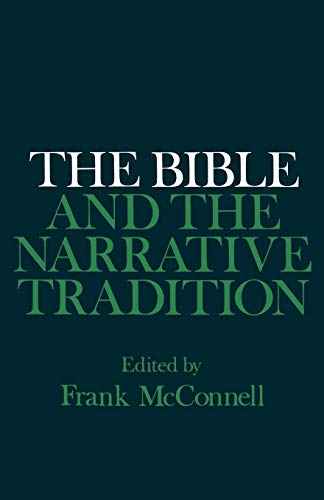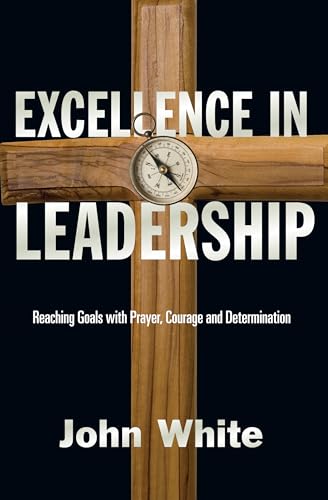Hidden Wisdom and the Easy Yoke: Wisdom, Torah and Discipleship in Matthew 11.25–30
Written by Celia Deutsch Reviewed By Dick FranceSince 1970, when the works of Suggs and of F. Christ were published, increasing attention has been devoted to tracing a ‘Wisdom Christology’ in Matthew. Three passages have been central to this discussion (11:2–19; 11:25–30; 23:34–39), and of these 11:25–30 has been recognized as by far the clearest example, with its extensive echo of the language of Ben Sira 51:23–27. So perhaps the time was ripe for a full monograph on this striking passage, the Christological implications of which were recognized even before these came to be understood primarily in terms of the Wisdom tradition.
It is a meticulous and heavily documented study, in classical PhD style, offering an apparently exhaustive and systematic survey of relevant literature, but not very much by way of synthesis or of integration of the results of the study with the wider field of Matthean Christology.
The first main part attempts a phrase by phrase discussion of the chosen verses in relation to their wider context in Matthew, which the author identifies as 11:2–13:58 (the ‘Third Book’ of Bacon’s classic ‘pentateuchal’ analysis of the Gospel). In this section she observes two related themes, that of rejection/opposition/unbelief, and that of revelation/concealment/disclosure. She has no difficulty in showing how these themes are focused in 11:25–30.
The second and longer main part combs through the literature of Second Temple Judaism (but not the OT, surprisingly) for parallels to what she isolates (apparently arbitrarily) as the central themes of 11:25–27 and 11:28–30 (treated as separate pericopes). The method of treatment is tedious, as she looks separately for each of three themes selected for each of the two pericopes, and traces them in turn through each of five groups of literature, discussed separately. The result is a great deal of repetition, and it is not easy for the reader to get an overview of where the argument is going, despite summaries at the end of each sub-section. And the remarkable lack of an index of the non-biblical literature discussed makes it still less accessible.
A great deal of interesting material is assembled, and quite sensibly applied to the study of Matthew. But it is not the sort of book anybody could be expected to read (as opposed to ‘look up’), and therefore I fear that it will not be widely appreciated. Perhaps the author will feel confident, now that she has set out her rough work in the approved manner, to attempt a more integrated and much shorter study which will enable the reader to see her chosen passage as a whole in its wider context, and thus to appreciate just what Matthew is up to.
By the end, I could not help wondering what Matthew would have made of this mass of detailed investigation devoted to just six verses of his Gospel; would he have recognized this as a help to hearing what he was trying to say? At any rate, I am sure he would have said it more interestingly!
Dick France
Llangelynin, Gwynedd







